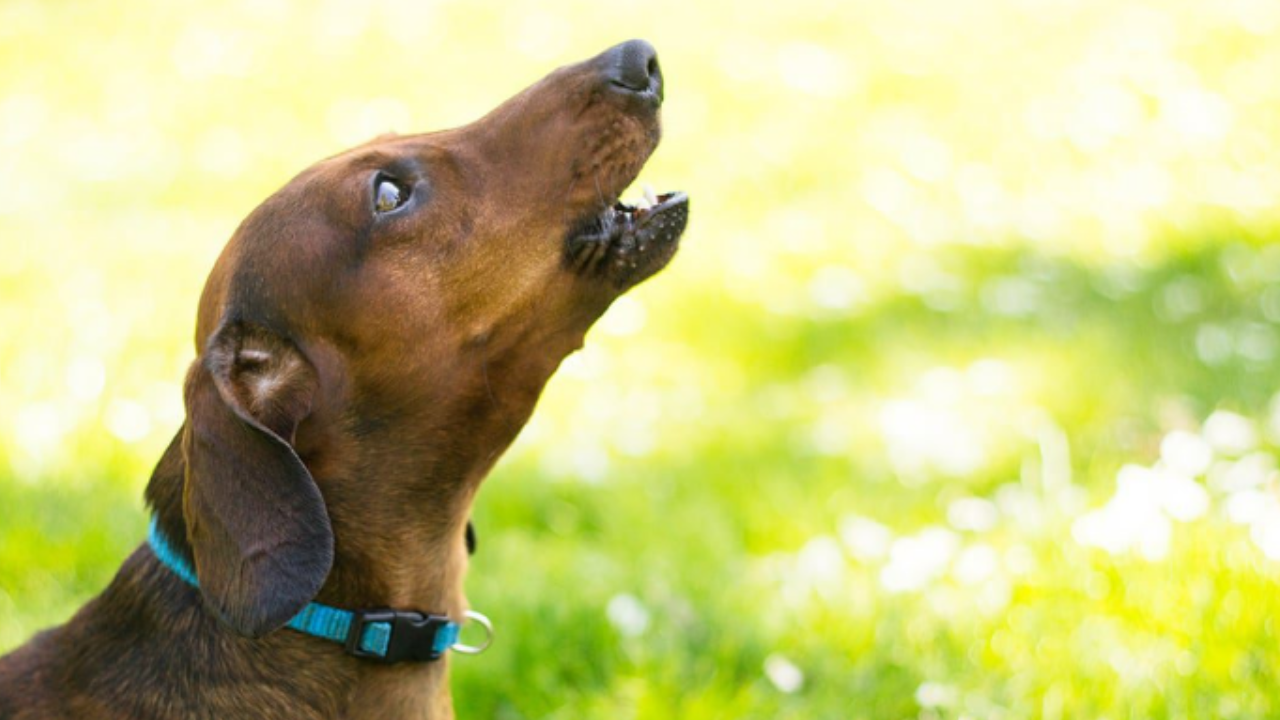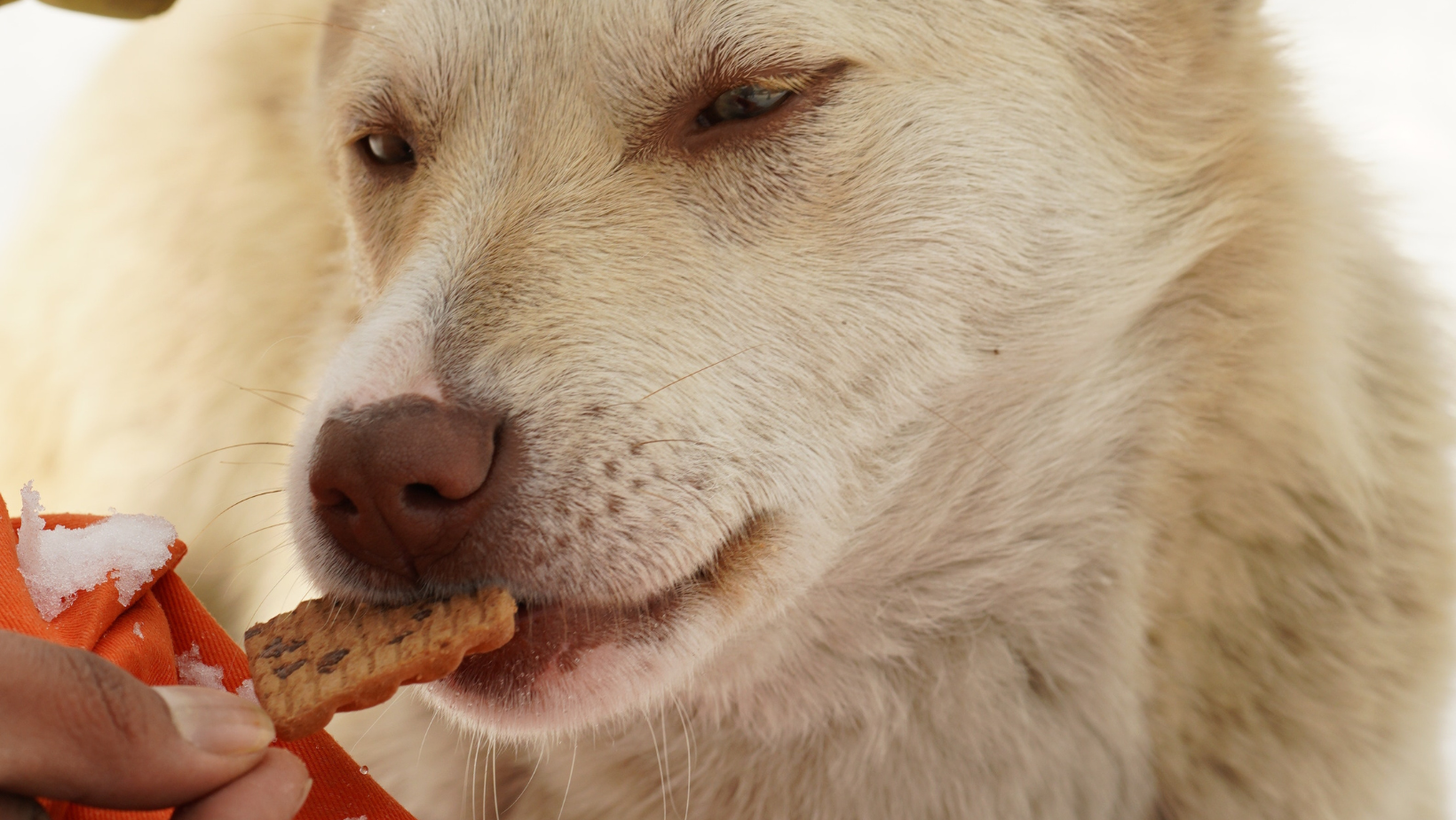How Can You Tell If Your Pet Is Overweight?

55.8% of dogs are classed as overweight or obese, according to the Association for Pet Obesity Prevention’s (APOP) 2018 Pet Obesity Survey.
Therefore, even though many pet owners are unaware of it, the majority of pets nowadays are overweight.
However, overweight dogs put your dog at danger for several problems, including diabetes, cardiovascular disease, and arthritis, therefore dog owners should pay closer attention to their dog’s weight.
Additionally, while your veterinarian can identify an overweight or obese dog, you can do it as well if you know how.
Here are some hints on how to determine if your dog is overweight so you may speak with your vet and assist in bringing your dog’s weight back to a healthy level.
How to Determine If Your Dog Is Overweight
Most asked question is that How Can You Tell If Your Pet Is Overweight? Here are three most trustworthy methods for figuring out whether your dog is overweight are listed below.
Body Condition Score Charts
Using a measurement method like the body condition score, says Dr. Jim Dobies, a veterinarian with South Point Pet Hospital in Charlotte, North Carolina, and a member of the North Carolina Veterinary Medical Association, is the best approach to identify whether a pet is obese (NCVMA).
You can determine where your pet fits on the healthy weight scale using body condition score charts. The majority of body condition score charts use a scale of 1–5 or 1–9, with 1 denoting emaciation and 9 denoting severe obesity.
Emaciated, underweight, average, overweight, and obese dogs are shown in the side view and top view on a body condition score chart provided by the World Small Animal Veterinary Association (WSAVA).
Visually Assess Your Dog’s Body
But according to Dr. Dobies, you can also evaluate your dog without utilising a dog body condition chart.
The best technique to determine your dog’s weight visually is to stand above them and cast your gaze downward. “Their ribs shouldn’t be visible; you should be able to feel them. They are too thin if you can see them, according to Dr. Dobies.
According to Dr. Dobies, your dog is overweight if you can’t see their ribs or feel them by resting your hands on the sides of their chest.
According to him, dogs should also have a lovely taper at the waist (between the abdomen and the location of the hip sockets). They will be overly hefty and oval-shaped if there is very little or none at all.
Furthermore, a really obese dog “would have a pendulous tummy, hip fat, and neck fat, all of which are very obvious,” according to him. However, he continues, pets often don’t get to this point of obesity until they’re at least 7 years old.
Healthy Weight Protocol for Dogs
The scientifically proven Healthy Weight Protocol, developed by Hill’s Pet Nutrition in collaboration with veterinary nutritionists at the University of Tennessee, is one tool that veterinarians can employ.
Your dog’s body fat index is calculated by your veterinarian using measurements—four for a dog—that are then entered into the Healthy Weight Protocol system. Your veterinarian can tell you precisely how much weight your pet needs to drop if they are overweight by comparing this to a chart.
This system enables veterinarians to approach a dog’s weight loss requirements in a more scientific manner. They can use it to calculate the precise amount of weight a dog would need to lose and the number of calories per day needed to do so in a healthy manner.
Talk With Your Veterinarian
For maximising your dog’s general health, your veterinarian is your best ally. They can assist you in determining whether your dog is overweight right now and in creating the best plan for assisting your dog in safely losing the excess weight.





